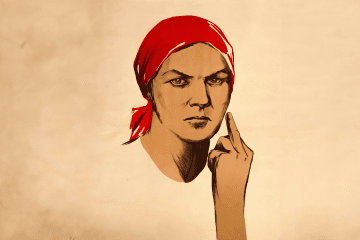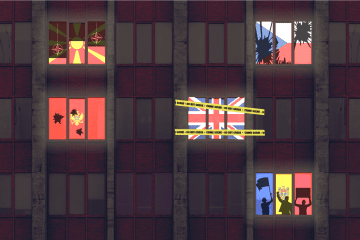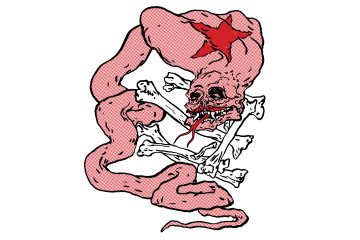- Category
- Anti-Fake
Debunking Russia's Myths About NATO: What You Need to Know
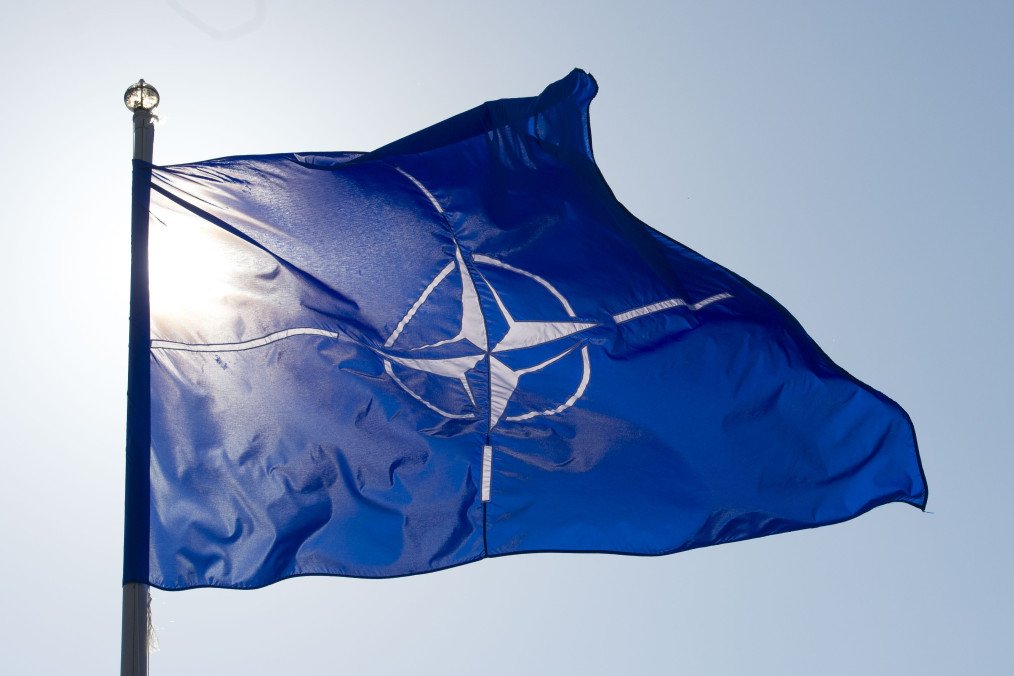
In recent years, Russia has ramped up a disinformation campaign against NATO, spreading myths to manipulate public opinion and mask its own aggression. By distorting NATO’s role and intentions, the Kremlin seeks to portray itself as a victim of external threats rather than the true aggressor.
Here’s a closer look at some of the most widely spread myths about NATO — and the facts that prove them wrong.
Myth 1: NATO is at war with Russia in Ukraine
NATO is a defensive alliance. Its primary goal is the protection of its members, not aggression towards Russia or anyone else. NATO is not at war with Russia and is not involved in the war Russia has initiated against Ukraine; it supports Ukraine’s right to self-defense, as guaranteed by the UN Charter.
In response to Russia's aggression, NATO is strengthening its deterrence and defense to ensure there is no doubt about our commitment to protect and defend every Ally.
Myth 2: NATO promised not to expand after the Cold War
The claim that Western leaders promised not to admit new members to NATO has circulated for years and is actively promoted by the Kremlin in its disinformation campaigns.
Labeling NATO’s open-door policy as "expansion" is itself a misconception. NATO has never sought to expand or actively pursue new members. The decision to join NATO is first made by the country wishing to join, and then considered by existing Allies.
While early talks in 1990 between US Secretary of State James Baker and Soviet leaders included suggestions about limiting NATO expansion, these discussions were not formal commitments and were quickly abandoned. No agreement between NATO Allies and Russia has ever included a clause preventing NATO from admitting new members.
NATO's founding treaty, signed in 1949, explicitly states that any European country that can contribute to the security of the region can join — and that policy remains in place today.
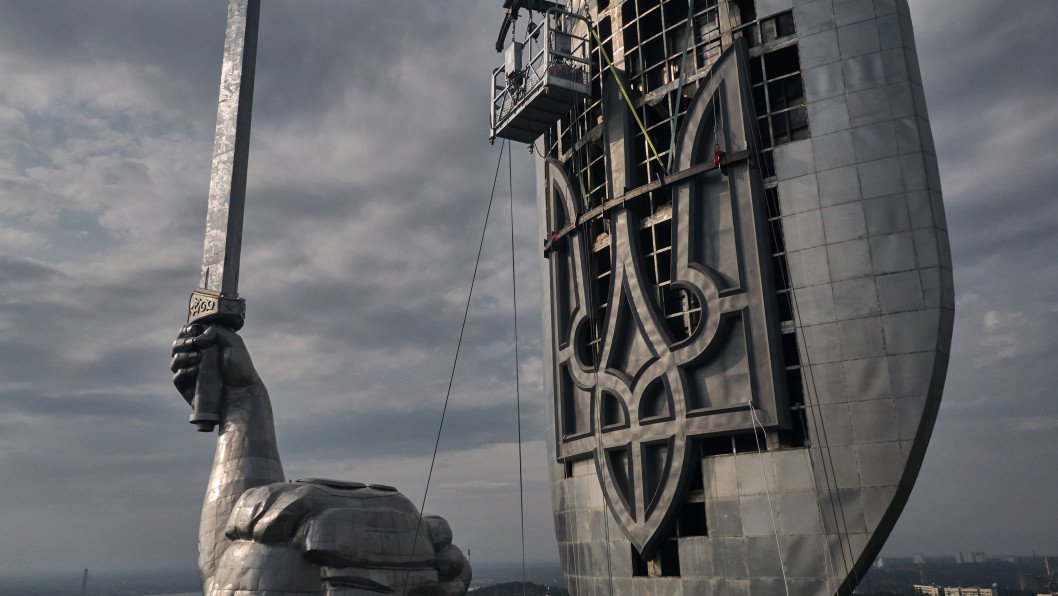
Myth 3: NATO is aggressive
Its members work together to deter aggression and ensure NATO is ready to defend all Allies if attacked. NATO does not seek confrontation and poses no threat to Russia or any other country.
NATO did not invade Georgia in 2008; that was Russia. NATO did not invade Ukraine in 2014 or 2022 - Russia did.
NATO made extensive efforts for years to build a strategic partnership with Russia. In 2002, the NATO-Russia Council was created and collaborated on a range of issues, including counter-narcotics, counter-terrorism, submarine rescue, and civil emergency planning — even during NATO's periods of enlargement. It is Russia, however, that has undermined peaceful cooperation with its escalating aggression — from Grozny to Georgia, Aleppo, and now Ukraine.
Myth 4: NATO's deployments are a threat to Russia
Another myth put forward by Russia is that NATO’s increasing military presence in Eastern Europe is an escalation that threatens Russia directly. NATO’s increased presence in Eastern Europe is a direct response to Russia’s actions, particularly after its illegal annexation of Crimea in 2014. Before that, there were no permanent NATO forces in the region.
NATO’s decision to deploy multinational battlegroups to Poland and the Baltic States in 2016, and later to reinforce these forces in 2022, was a defensive measure — designed to reassure Allies and deter further Russian aggression.
Russia's aggressive actions are destabilizing international security. In addition to its aggression against Ukraine, Russia maintains military bases and troops in Georgia and Moldova, without the consent of their governments.
Myth 5: NATO is encircling Russia
This claim ignores basic geography. Russia is the largest country in the world, spanning across 11 time zones. Even after Finland joined NATO in 2023, only about 11% of Russia’s land border is shared with NATO countries. NATO’s expansion has been driven by the desire of countries in Eastern Europe to join the Alliance for their own security — not to contain or isolate Russia.
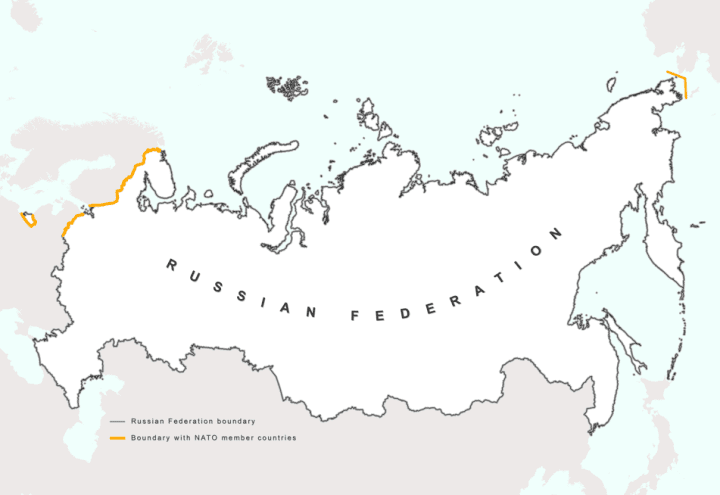
Myth 6: NATO tries to push Europe into a war with Russia
Russia initiated its war against Ukraine without provocation, illegally annexing Crimea in 2014 and seizing territory in Donetsk and Luhansk. In 2022, Russia launched a full-scale invasion, triggering the deadliest war in Europe since WWII. Russia has targeted civilians, bombing hospitals, schools, and vital infrastructure, causing immense suffering.
By supporting Ukraine and enhancing its ability to deter and defend, NATO is reinforcing the international rules-based order and ensuring the security of its one billion citizens.
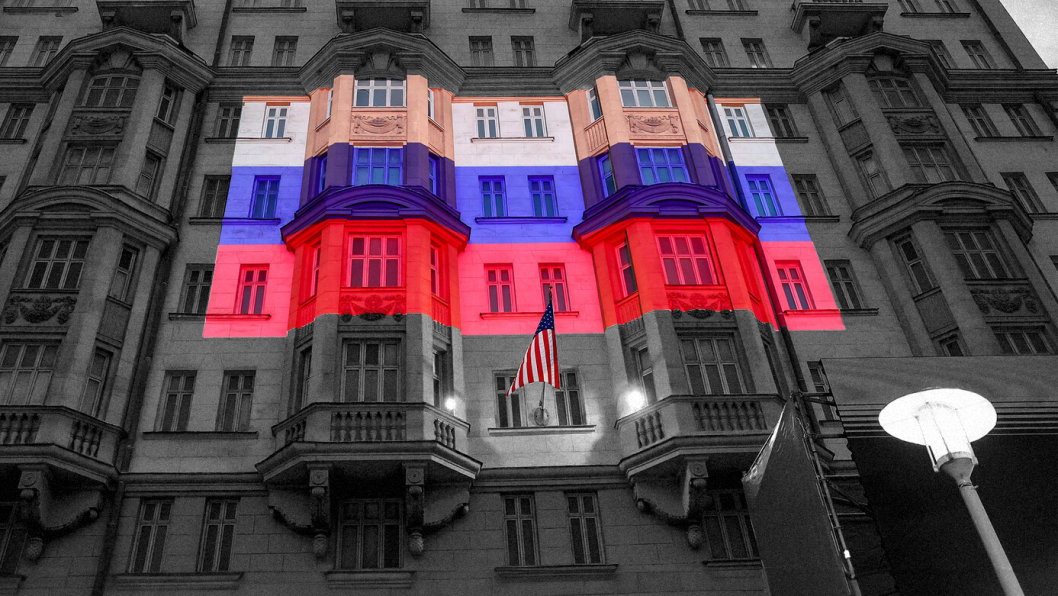
Myth 7: Ukraine will not join NATO
All 32 NATO Allies have agreed that Ukraine will become a NATO member. NATO supports every country’s right to choose its own security arrangements, including Ukraine. NATO’s door remains open, and Russia has no veto over this decision.
At the 2024 Washington Summit, Allies reaffirmed their commitment to Ukraine’s right to determine its own future, free from external interference. Ukraine will join NATO when conditions are met and Allies reach consensus.
These decisions, along with the NATO-Ukraine Council, pave the way for Ukraine’s future NATO membership.
Myth 8: NATO's operations prove that the Alliance is not defensive
NATO intervened in the former Yugoslavia to stop bloodshed and save lives. From 1992 to 1995, NATO conducted operations in Bosnia, including enforcing a no-fly zone and supporting UN peacekeepers. These actions were authorized by the UN Security Council, of which Russia is a member. NATO's airstrikes on Bosnian Serb positions helped lead to the Dayton peace agreement, ending a war that killed over 100,000 people. From 1996, NATO led peacekeeping forces in Bosnia, including Russian troops.
NATO's 1999 Kosovo intervention followed intense international diplomatic efforts, including those involving Russia, to end the conflict. The UN Security Council condemned the ethnic cleansing and refugee crisis in Kosovo as a threat to peace. NATO's mission stopped large-scale human rights violations and civilian killings. NATO's KFOR mission, with a UN mandate (UNSCR 1244), is supported by both Belgrade and Pristina.
In 2011, NATO's Libya operation was authorized by two UN Security Council resolutions (UNSCRs 1970 and 1973), both supported by Russia. UNSCR 1973 allowed "all necessary measures" to protect civilians, which NATO carried out with backing from regional states and the Arab League.
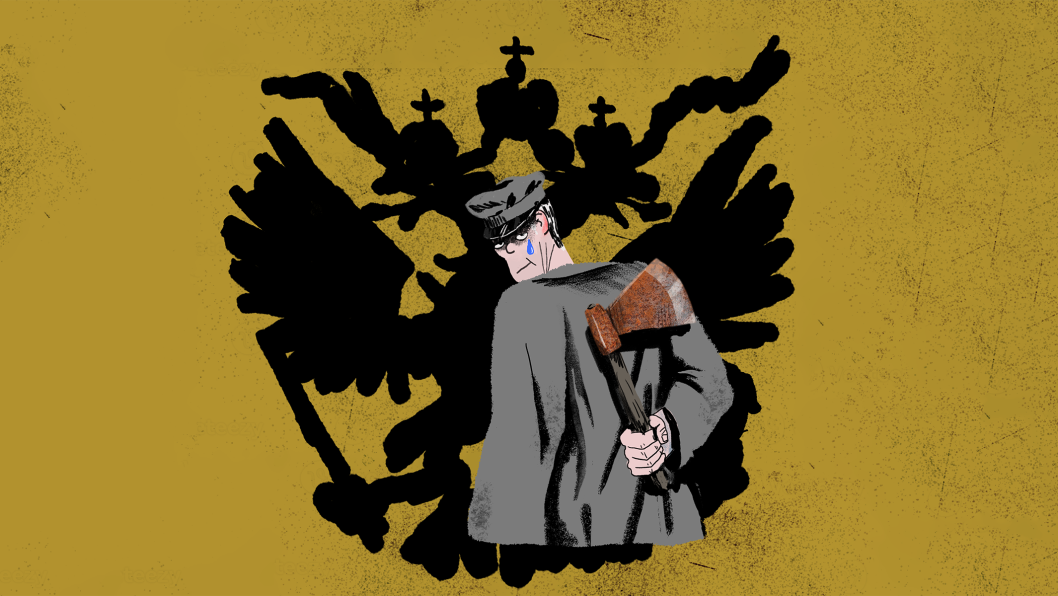
Russia’s disinformation aims to deflect blame and justify its aggression, but the facts are clear:
NATO is a defensive alliance committed to protecting its members, supporting Ukraine’s sovereignty, and promoting peace. Far from seeking confrontation, NATO defends the right of nations to choose their future free from external threats.
-924c3c302c27387e19f6c44aaeb98745.png)
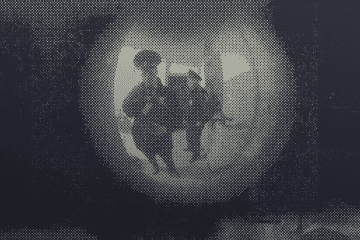
-8fda54010650befcec1e2c4d694c566b.jpg)
